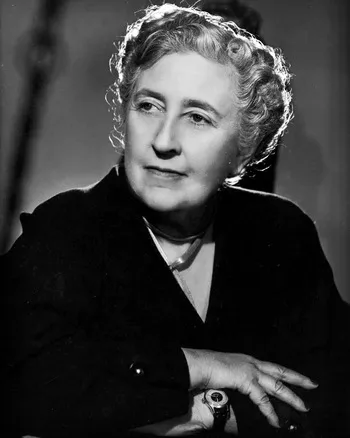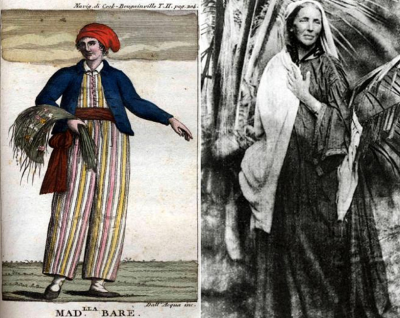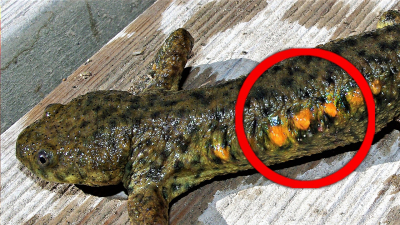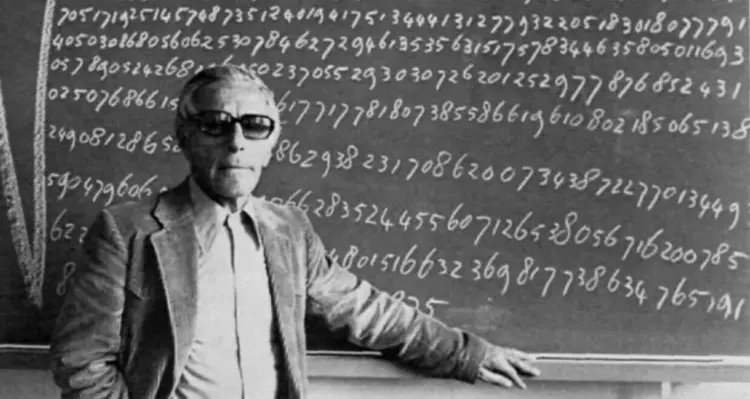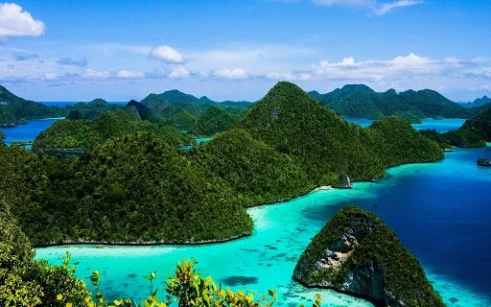
The world's largest island complex, which has been inhabited for about 1.7 million years, is now home to more than 300 different ethnic groups
Ranu Joardar
Indonesia is an archipelago comprising the Greater Sunda Islands of Sumatra (Sumatera), Java (Jawa), the southern extent of Borneo (Kalimantan), and Celebes (Sulawesi); the Lesser Sunda Islands (Nusa Tenggara) of Bali and a chain of islands that runs eastward through Timor, the Moluccas (Maluku) between Celebes and the island of New Guinea; and the western extent of New Guinea (generally known as Papua).
Indonesia is the largest and most populous country in Southeast Asia. The country is one of the founding members of Association of Southeast Asian Nations (ASEAN), which aims to accelerate economic growth, social progress, and cultural development and promote peace and security in Southeast Asia.
History
Formerly known as the Dutch East Indies or the Netherlands East Indies, the name ‘Indonesia’ was used as early as 1884 by a German geographer. It is believed that the name has derived from the Greek word 'indos', meaning 'India', and 'nesos', meaning 'island'.
While records of foreign trade begin only in the early centuries, it is widely believed that people from the Indonesian archipelago were sailing to other parts of Asia much earlier. According to Roman historian Pliny the Elder's encyclopaedic scientific work Natural History, the Indonesians used to trade with the east coast of Africa in the 1st Century AD.
The Indonesian written and oral sources suggest that the origins of kingdoms along the coasts of the Java Sea were related to the success of local heroes in using foreign trading treasure to their advantage.
Geography
Indonesia comprises about 17,500 islands, of which more than 7,000 are uninhabited. The Equator crosses Sumatra at its centre.
The remains of Homo erectus (originally known as Pithecanthropus or Java man) have revealed that the Java island was already inhabited about 1.7 million years ago, the time when most of the western archipelago was linked by land bridges. These bridges submerged about 6,000 years ago due to rapid postglacial rise in sea level.
Most of the Indonesian islands are densely forested volcanic mountains in the interior that slope down to coastal plains covered with thick alluvial swamps. These swamps dissolve into shallow seas and coral reefs. Underneath this surface is the junction of three major sections of the Earth's crust.
Flora and fauna
The vegetation in Indonesia is similar to that of the Philippines, Malaysia, and Papua New Guinea. It is home to about 40,000 species of flowering plants, including 5,000 species of orchids and Rafflesiaceae (the world's largest flower).
There are over 3,000 tree species such as durian, sandalwood, and costly timber varieties such as teak and ironwood.
Here, mangrove forests can be seen in salty or brackish water along muddy shores. Most mangrove swamps are along the shallow seas in eastern Sumatra, southern Kalimantan, and the southeastern segment of western New Guinea.
Some of the islands of the archipelago are home to endemic species such as the Javanese peacock, Sumatran drongo, proboscis monkey in Kalimantan, and babirusa and tamarau in Celebes.
Most of the Javanese rhinoceroses can only be found on the western tip of Java. This species is one of the world's most highly protected forms of wildlife. Another such endangered species is the orangutan. They are native to Borneo and Sumatra. To save the population from capture and slaughter, several orangutan rehabilitation centres and programmes have been established. These organisations also train orangutans who have been held captive to return to the wild.
People
Indonesia has been the middle point of two population groups - Asians in the west and Melanesians (indigenous peoples of Pacific Islands known as Melanesia) in the east.
Though the majority of the population is related to those from eastern Asia, there has been an influx of and mixing with Arabs, Indians, and Europeans in past centuries.
The eastern islands are dominated by people of Melanesian origin.
The country has more than 300 different ethnic groups, resulting in twice as many distinct languages and most of the major world religions.
Meanwhile, Bali, whose local religious practices are influenced by both Hinduism and Buddhism, has customs that are different from that of other parts of Indonesia.
About half of the country's population lives in rural areas. Java, Madura, and Bali have a systemised rural structure that is based most on wet-rice cultivation (cultivating rice by planting on dry land then transferring the seedlings to a flooded field, and draining the field before harvesting).
Indonesia's five largest cities are Jakarta, Surabaya, Bandung, Bekasi, and Medan. They are considered metropolitan areas as they have the most number of government, financial, and business offices.
Government
After the Japanese invasion (1942-45) during World War II, statesman Sukarno declared Indonesia's independence in 1945 (though the Netherlands retained a large portion of the region).
However, the struggle for independence continued till 1949 when the Dutch officially recognised Indonesian Sovereignty. Sukarno became the country's first President in 1949.
Till 2002, both the President and the Prime Minister were elected for a period of five years by the People's Consultative Assembly. Since 2004, both leaders are being directly elected.
On August 8, 1967, five leaders - the Foreign Ministers of Indonesia, Malaysia, the Philippines, Singapore, and Thailand- established the ASEAN.
Picture Credit : Google






